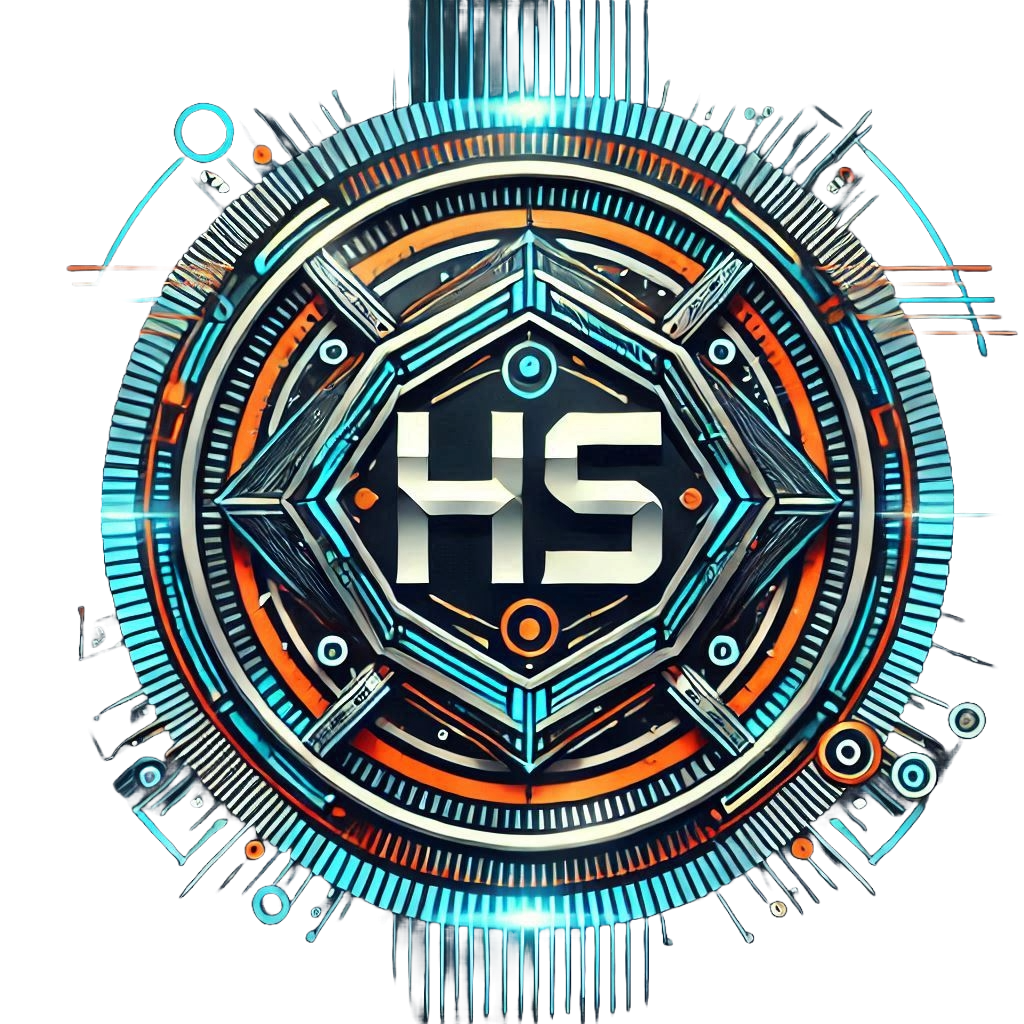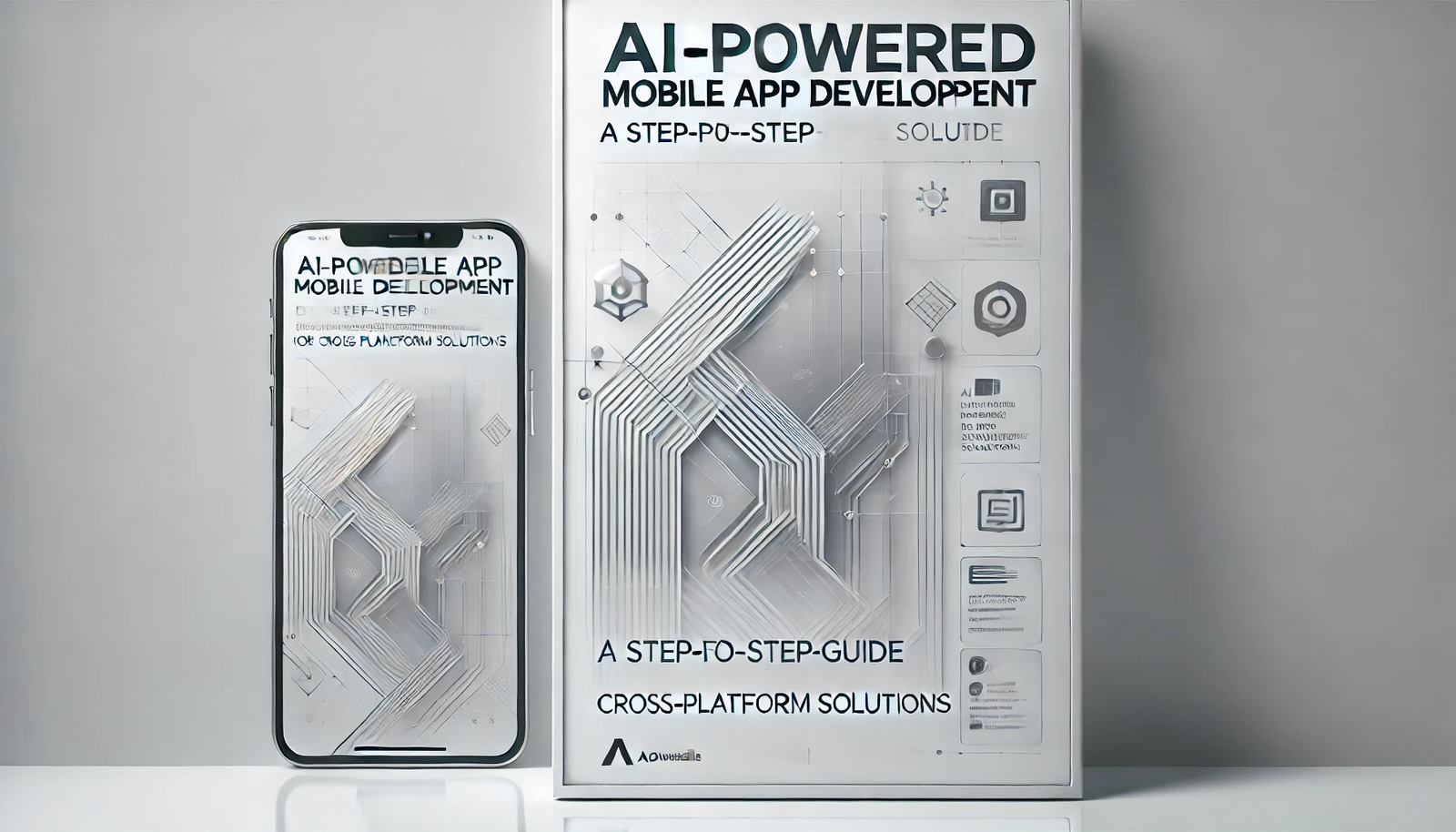Developing a mobile app with AI assistance can streamline your workflow, especially for cross-platform (iOS/Android) solutions. Below is a structured approach to integrate AI tools effectively:
1. Cross-Platform Frameworks
Start with a cross-platform framework to build for both iOS and Android:
- Flutter (Dart): Google’s UI toolkit with hot-reload and strong community support.
- React Native (JavaScript): Facebook’s framework with reusable components.
- AI Code Assistants:
- GitHub Copilot: Generates code snippets in Dart/JavaScript.
- Codeium: Free alternative for code suggestions.
- DhiWise: Converts Figma designs to Flutter/React Native code.
2. AI-Powered Development Workflow
Idea & Planning
- ChatGPT/Gemini: Brainstorm features, user stories, and technical requirements.
Example prompt: “Generate a feature list for a fitness tracker app.”
Design
- UI/UX Tools:
- Figma + Galileo AI: Auto-generate UI layouts from text prompts.
- Uizard: Transform hand-drawn sketches into wireframes.
Development: AI Code Generation:
- Use GitHub Copilot to speed up coding.
- StableCode (Stability AI): Generates boilerplate code for repetitive tasks.
- Backend Integration:
- Firebase: Offers AI-ready services (e.g., authentication, Firestore).
- Supabase: Open-source Firebase alternative with PostgreSQL.
- OpenAI API: Add chatbots, text analysis, or image generation.
Testing : AI Testing Tools:
- Appium: Automates testing with AI-driven test case generation.
- TestSigma: Creates test scripts using natural language.
Deployment & Monitoring
AI Analytics:
- Google Analytics + Looker: Predict user behavior trends.
- Sentry: Error monitoring with AI-driven insights.
3. Adding AI Features to Your App
Enhance your app with AI-powered functionalities:
On-Device ML:
- TensorFlow Lite: Custom models for tasks like image recognition.
- ML Kit (Firebase): Pre-trained models for text/face detection.
- Cloud-Based AI:
- OpenAI API: GPT-4 for chatbots, DALL-E for images.
- Google Cloud Vision/AWS Rekognition: Image/video analysis.
- Low-Code AI:
- Appy Pie/BuildFire: Drag-and-drop app builders with AI integrations.
4. Example Workflow
- Plan: Use ChatGPT to outline app features.
- Design: Generate UI in Figma with Galileo AI.
- Develop:
- Build with Flutter + Copilot.
- Integrate Firebase for auth/data storage.
- Add a chatbot using OpenAI API.
- Test: Run AI-generated test cases via TestSigma.
- Deploy: Publish to App Store/Google Play, monitor with Sentry.
5. Tools & Resources
- Flutter Docs / React Native Tutorials.
- AI Demos: TensorFlow Lite examples, OpenAI Cookbook.
- Communities:
- Reddit’s r/FlutterDev, r/reactnative.
- AI/ML forums (Kaggle, Hugging Face).
6. Considerations
- Cost: AI APIs (e.g., OpenAI) can be expensive at scale.
- Privacy: Ensure compliance with GDPR/CCPA when handling user data.
- Performance: Optimize ML models for mobile (e.g., TensorFlow Lite).
By combining cross-platform frameworks with AI tools, you can accelerate development while adding smart features. Start small, experiment with free tiers, and scale as needed! 🚀



